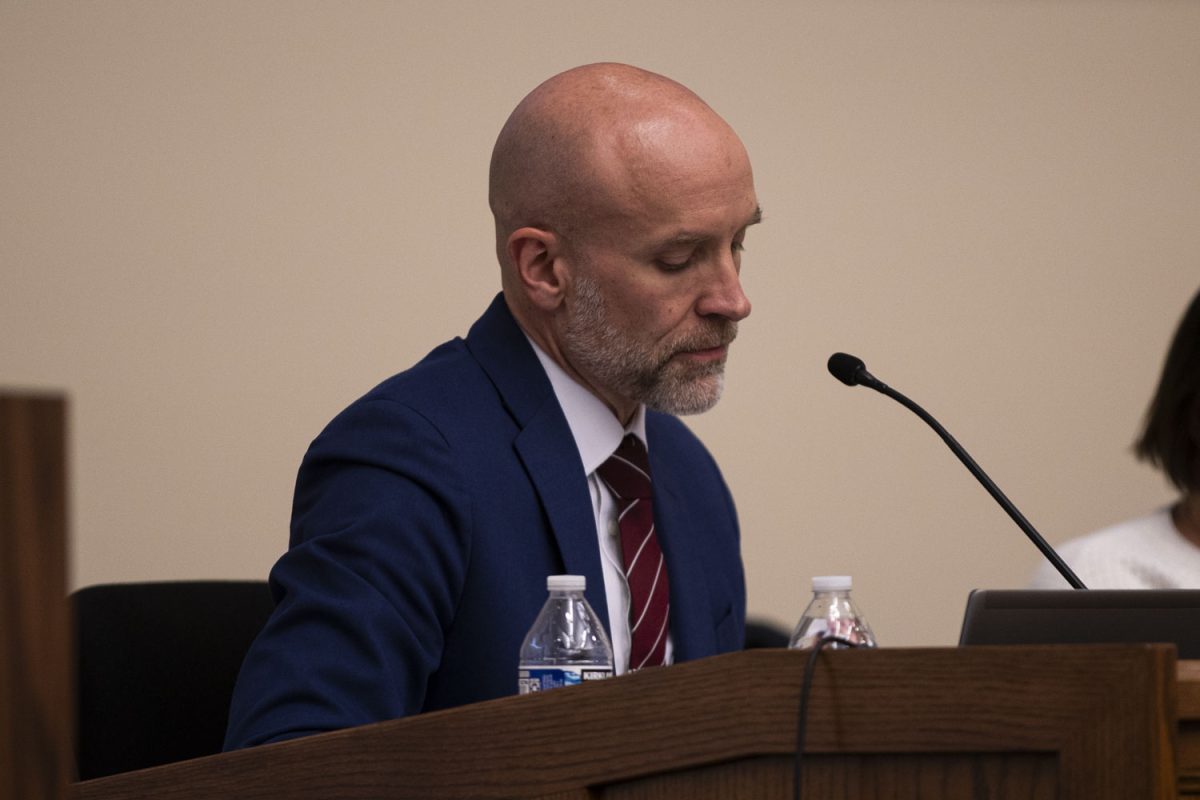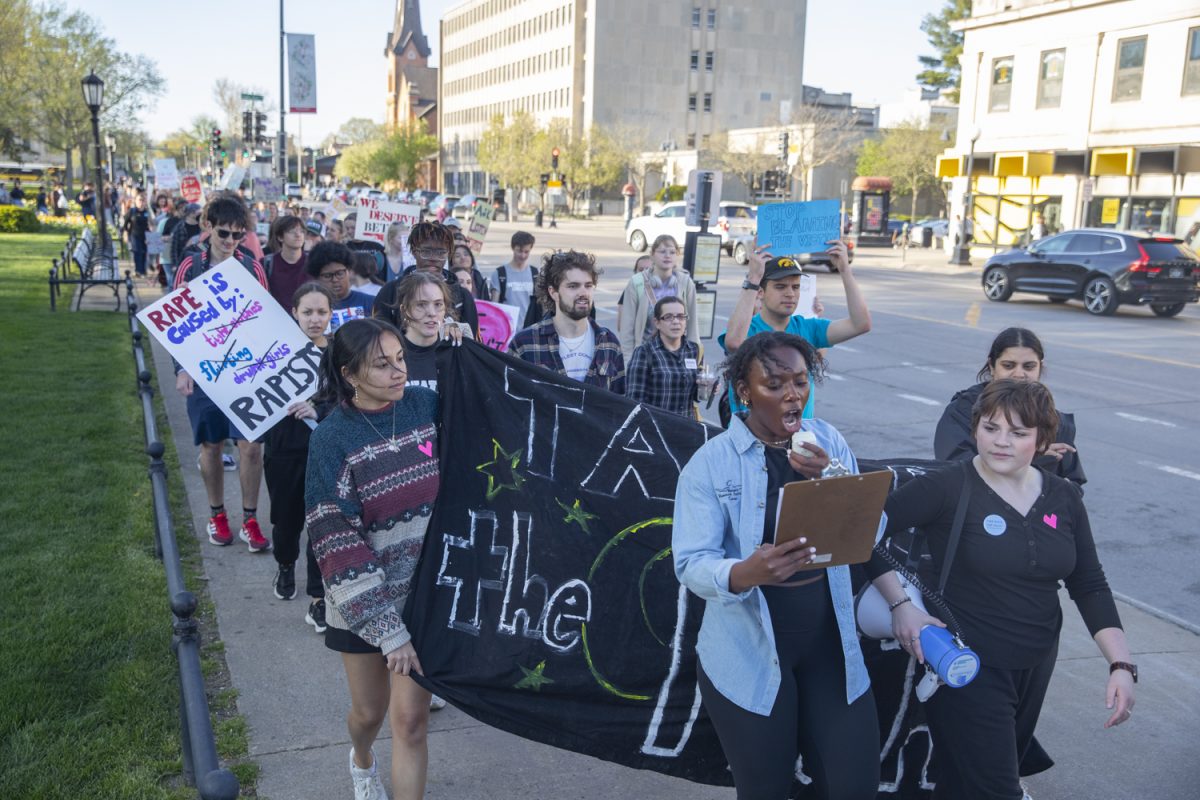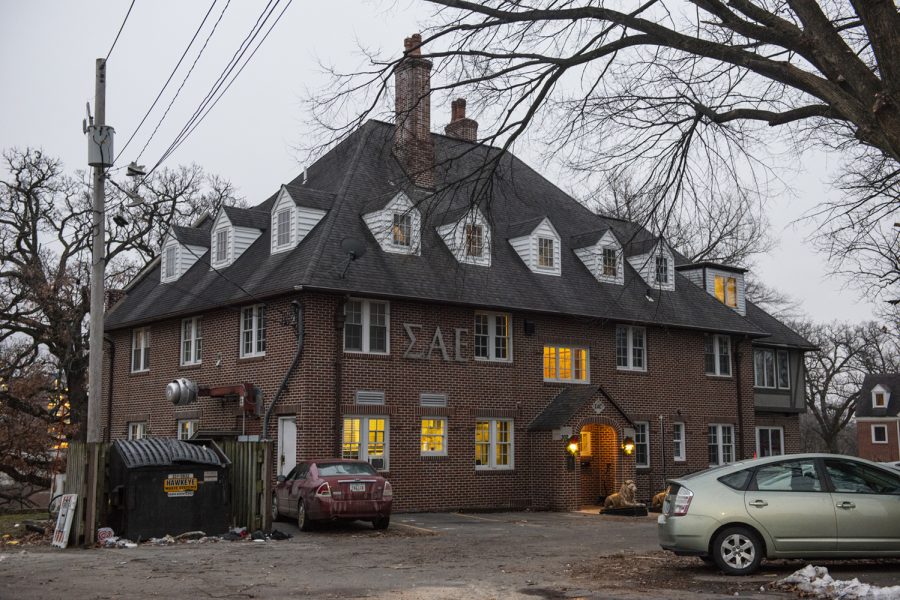What many farmers call the "smell of money" may not be as odorous in Iowa anymore.
The number of beef cattle in the state is at a 40-year low as farmers get older.
But some said Johnson County is an "anomaly."
"The first thing that comes to mind is that there are a lot of very well-established operations in Johnson County," said local beef producer Steve Swenka. "They are not as prone to ups and downs as the markets. The guys in Johnson County who raise cattle for a living are typically going to stay with that program."
In 2007, the county had roughly 12,000 beef cattle, according to a census by the U.S. Agricultural Department, conducted every five years. That is an increase of 1,000 since the 2002 census.
Iowa as a whole reported roughly 1.9 million beef cattle in 2007, 2.1 million in January 2002.
Dal Grooms, the communications director for the Iowa Cattlemen’s Association, said she is puzzled about why Johnson County does not follow the state’s trend.
"It could be because there are more younger producers or farm business people there," she said. "Or maybe people are deciding to bring more cattle in."
Swenka, a co-owner of Double G Angus Farms near Tiffin, said he, too, thought there could be a relationship between the young people coming back to farm from college. However, the age of Iowa’s farmers seems to be a key factor in the decreasing number of cattle in the state.
"Farmers have sold cows because they are approaching 60 years old with no sons following up," said Swenka, a fourth-generation farmer. "They didn’t want to do chores all winter, and they can maintain a livelihood without livestock."
Nationally, he said, the livestock industry has been doing well.
U.S. beef exports are up 27 percent from last year, according to the USDA.
Denise Schwab, a specialist with the Iowa State University Extension Beef Program, said other factors — including the drought throughout the Midwest, an increase in grain prices, and advances in technology — could also contribute to the decrease.
To combat the state’s falling beef population, the Iowa Cattlemen’s Association, ISU Extension and Outreach and the Iowa Beef Center are collaborating to host nine heifer development clinics in January and February.
"There has been a lot of discussion in the beef industry about the drought and wanting to restock beef," Schwab said. "Because of our availability of feed supply [in Iowa], we should be able to feed and develop those females at a very cost-effective level."
The clinics will address aspects of development health protocols, she said.
"Here in Iowa specifically, we look at the situation as a great opportunity for the state," she said. "We have feed resources and farmers who know what they’re doing and don’t have to be trained."
Swenka said he has 120 heifers on his farm, where he has lived since 1996.
"We maintain the same numbers [of cows] as we always have, and we don’t tend to fluctuate with the fads and trends," he said.
Schwab said the decrease in cattle is a trend throughout the country, except for New England, which has seen an increase.
It is important to make sure the cattle are replaced in the Midwest, Grooms said.
"Most Americans and Iowans all enjoy beef at one time or another," she said. "Whether you’re in college and can only afford hamburger or when you have more disposable income and can buy a steak now and then."






